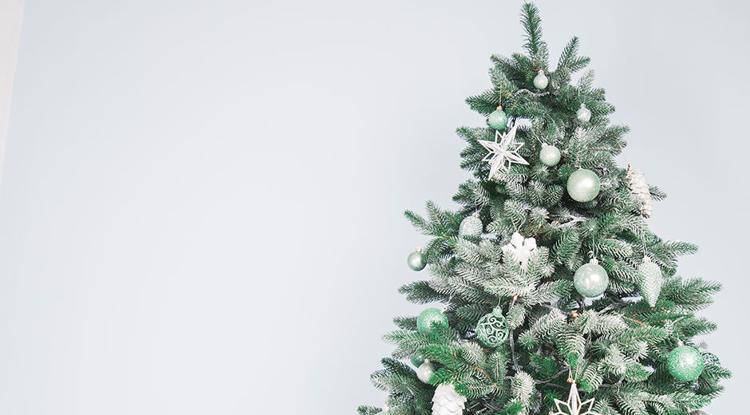
What to Expect With the Flu
February 1, 2019
Library Listings – Terrebonne Parish Library | March 2019
February 1, 2019Mom always said that I had asthma as a kid. So did her father, my papère, and so she knew what the symptoms looked like and what the suffering sounded like. And the symptoms were always worst for me during cold weather. For that reason, we never had real Christmas trees at the house. We tried once, but, according to my sisters who held mild but long-lasting resentment over the years that our gifts sat beneath a plastic green tree, I got wheezy, got nasty medicines from the local doctor, and the tree got taken out into the backyard. There was no complaint over the tiny and shiny silver tree that my grandparents assembled in their 1930’s-era house every holiday on behalf of Papère’s respiratory health, but in the progressive, 60s-style house of me and my sisters, the sentiment toward out fake tree was totally different. And it was my fault.
And so, years later, I make amends in a new way. Nowadays, in my own home, I have real Christmas trees every year. And despite some mild, allergy complains if the heater dries the tree out too much while warming the house, there’s no asthma. The tree faithfully performs its duties through Advent and until Epiphany, carrying new and heirloom ornaments, branching over and protecting gifts for friends and family, and attracting the occasional visiting cat who can’t seem to pass up trying to claw its way up the trunk to the shiny star on top simply because it can. And after the tree’s duty is done in the house and all the gifts are given and all the ornaments are carefully packed for another year’s hibernation, my trees faithfully perform yet another duty.
I am proud to say that my real trees over the years have been retired to the Louisiana coast, and both right now and probably for another 10-15 years, they will be enjoying sportsman’s paradise by trapping sediments to help protect the coastal marshes. It was the brilliant and practical idea of a Dutch graduate student at LSU in the 1980s that Louisiana’s coastal marshes could be protected from erosion by building fences of trees that could serve to trap sediments as those particles washed ashore by the silty Gulf. It was a century-old strategy that the Netherlands had employed to protect their own marshes to good effect. And it works here, too. Today, there’s over a million of our trees out there, some of which likely carry signatures of life in PoV country, like captured airborne particles of roux adhered to the sappy needles and bark.
Talk about a gift that keeps on giving! But the future of this brilliant recycling idea is being challenged at the beginning of the whole tree life process. Last year in the U.S., there were 15,000 farms utilizing 350,000 acres of land to produce the 25 million trees consumed each year. But it takes 11-15 years to produce a saleable tree, and it seems that overharvesting and lack of replanting threaten annual availability of multiple species of fir trees that are our favorite yuletide decorating thing. Overharvesting and failure to conserve should be well known to us if we remember how the great red cypress forests supporting wetlands communities like Donner and Bowie were lost to history. Needless to say, that not all trees are being recycled and are otherwise probably ending up in landfills—space in which is something else we should be conserving. So, let’s do our best to fight for conservation and for recycling those already harvested for retirement at the Louisiana coast. And then, like a kid growing out of childhood asthma, we all breathe at least a little easier about our wetlands.
The song “O Tannenbaum,” better known to us as “O Christmas Tree,” was not originally a Christmas song. Rather, it was a folksong from Germany that lauded the evergreeness of fir trees, which we now commonly use as Christmas trees. The lyrics were written to honor the “constancy and faithfulness” of these trees through the brutal Germanic winters and the expectation to see them once again when sun and warmth returns to the countryside. These days we can depend on that constancy and faithfulness in its ability to trap sediments to protect the wetlands along our coast, or, as they might have sung it old Germany, “die Küste.”
So, if you have some available land to your name, you might want to plant a series of 10-15 fir trees and harvest your own every year. After all, they’re cheaper to feed than horses. Old horses may be “put out to stud,” but, here, old Christmas trees are “put out to mud.” It’s a good retirement for the environment.







